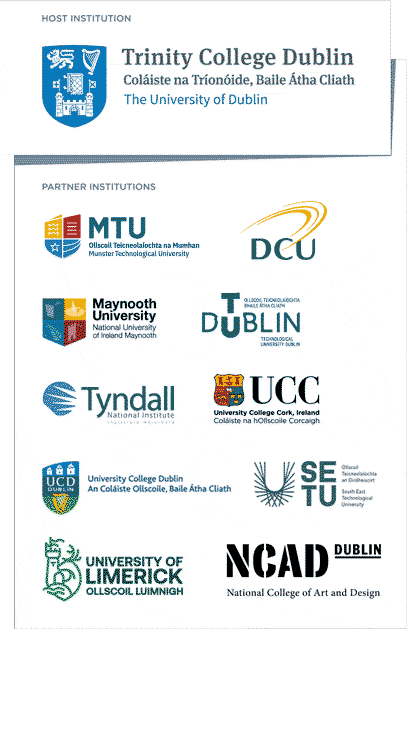
View of the Dolomites
Andrea Bonfante and André Gomes, PhD researchers with Prof. Nicola Marchetti and Prof. Luiz DaSilva, respectively, have sent us this Letter from Brixen!
Guten Morgen! We have just returned from the 2019 Summer School of Information Engineering organised by Prof. Michele Rossi (University of Padova) in the town of Brixen, in the German-speaking northern region of Italy.
This year, not surprisingly, the focus was on machine learning (ML) and artificial intelligence (AI). ML and AI are at the peak of the hype cycle right now, and are attracting a lot of interest from the wireless communications research community. Attracted by this, we had two main motivations for attending: Firstly, to learn about the latest ML tools and techniques. Secondly, and more interestingly, we wanted to discuss with other researchers when and why we should “trust” ML to solve wireless communication problems. The most exciting thing about ML is that it has a universal language: in this summer school, for the first-time, computer scientists, communication engineers, audio and biomedical researchers worked together using a common vocabulary. We found this pretty exciting!
In the early stage of our PhDs, we spent most of our time learning how to model (through mathematical and simulative approaches) wireless communication systems. Starting from the fundamental physical phenomena that characterize the system, we usually transform these physical constraints into equations and source code which allow us to analyse and simulate the optimal system configuration. Well, this traditional bottom-up approach is very different from the top-down ML strategy where, as long as “good” data are available, large Neural Networks (Neural Nets) formed by thousands of neurons, can tell us the best solution.
As we know, future wireless communication systems will become very complex, and current simulations and theoretical methods lack precision when compared to the technology used in real systems. Also, the evolution of wireless communication systems needs to speed up in order to keep pace with social and industrial needs, especially to enable the fast developing area of robotics and automation. ML could play a key role in innovating this faster next-generation wireless communication systems. However, we should not forget all the knowledge of the available mathematical models developed over the last 30 years of wireless research. Transfer learning, a new ML technique, seems to be the most promising approach to implant the wireless-domain knowledge, provided by those theoretical models, into the Neural Net. Then, one can reuse the same Neural Net to execute the learned task with real data, resulting in more precision with respect to the theoretical-based analysis.
Finally, we would highly recommend that every PhD and postdoc visits Brixen! During our visit we climbed the peaks of Plose, and enjoyed a breath-taking panoramic view of the Dolomites. This region is the perfect location in Italy to experience sunny days at mild temperatures during summer time.
See you soon,
Andrea and André
PS this video tells the story of the summer school: https://youtu.be/B5Rz9GKdpy0
CONNECT is the world leading Science Foundation Ireland Research Centre for Future Networks and Communications. CONNECT is funded under the Science Foundation Ireland Research Centres Programme and is co-funded under the European Regional Development Fund. We engage with over 35 companies including large multinationals, SMEs and start-ups. CONNECT brings together world-class expertise from ten Irish academic institutes to create a one-stop-shop for telecommunications research, development and innovation.
Letter from...


